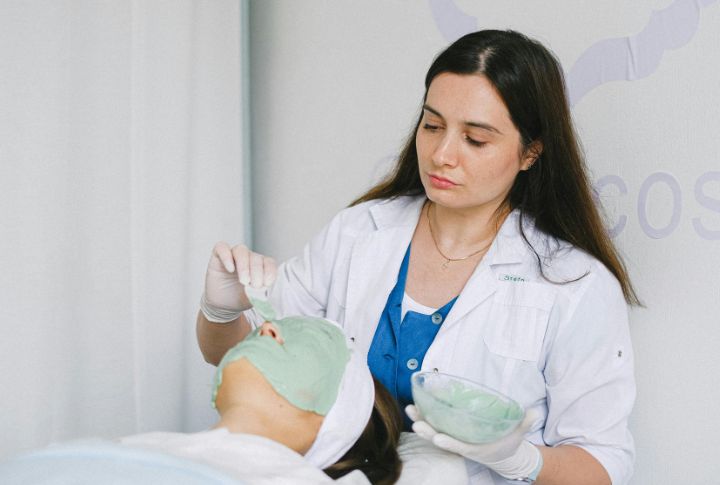
Booked your first wax and already bracing for the sting? Don’t stress—good prep can help you avoid unnecessary pain, while clarity about the process might put you at ease. Waxing is much simpler (and far less intimidating) when you know what to expect. Here’s everything you need to know before your appointment.
Hair Length Matters
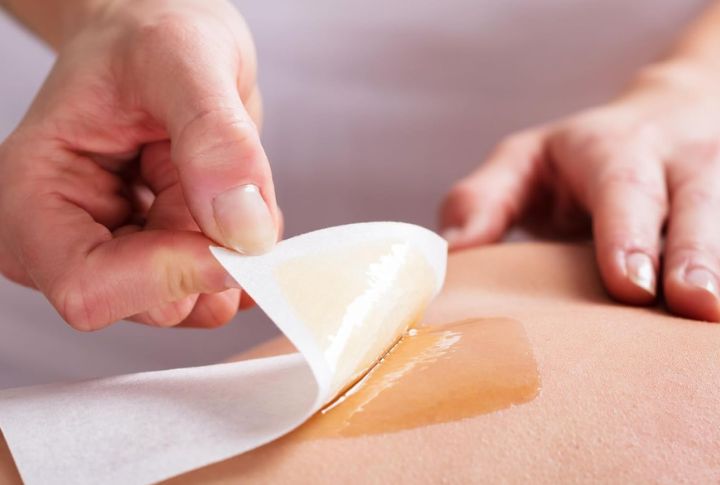
Waxing only works when hair is long enough to grip, specifically, at least one-fourth of an inch. Any shorter and the wax fails to catch. And that’s why shaving just a few days before waxing is not recommended. On the flip side, overly long hair can increase pain during removal.
Exfoliation Is Key
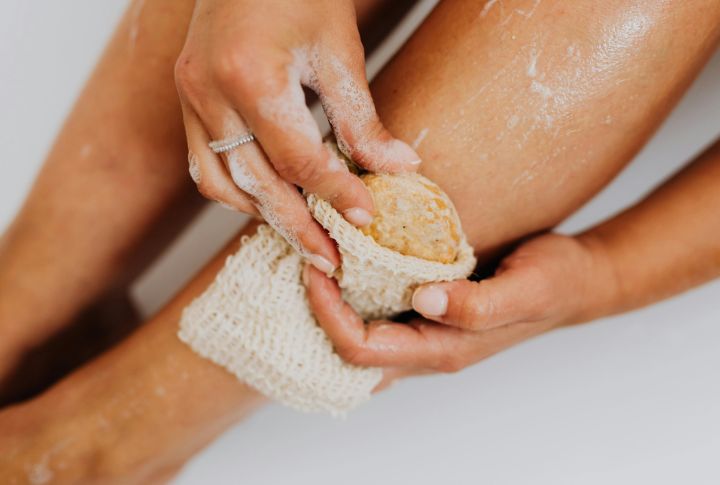
Proper exfoliation 24–48 hours ahead of waxing enhances results dramatically as exfoliated skin makes waxing quicker and aftercare easier. Removing dead skin not only improves wax adhesion but also reduces ingrown hairs. However, if you’re planning to exfoliate, use gentle products like sugar scrubs.
Avoid Caffeine And Alcohol
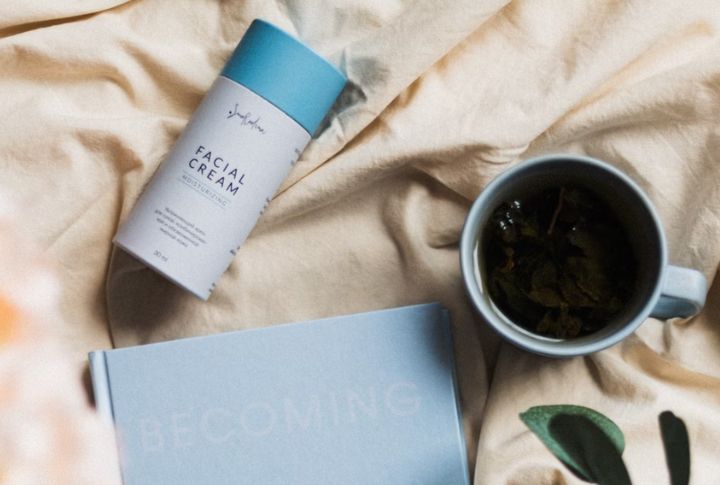
Caffeine and alcohol seem harmless, but both increase nerve sensitivity and dehydrate skin. They heighten discomfort during waxing by tightening pores and exciting nerve endings. Even one morning coffee may intensify the sting. So, choose water over anything else from the day before waxing.
Ask About Double-Dipping Policies
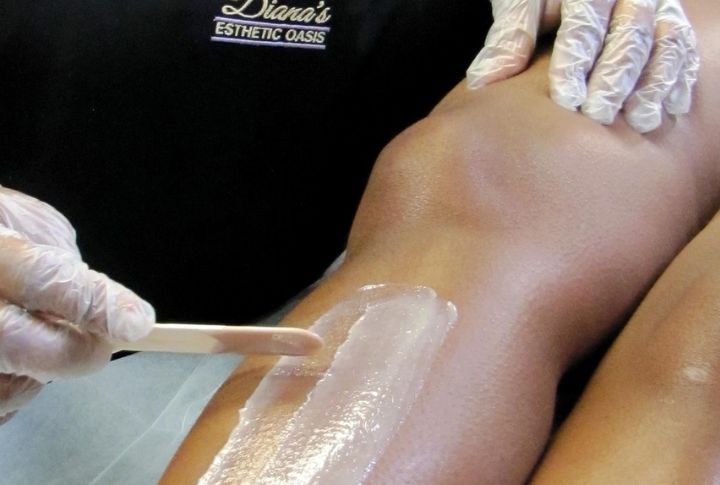
Sanitation matters deeply during waxing, and inquiring about a salon’s double-dipping policy can help protect your skin. Wax applicators, when shared between dips, can invite bacteria, which may lead to breakouts or infections. A reputable salon will always use a fresh applicator each time it touches the wax pot.
Patch Tests Prevent Reactions

Before your first wax, request a patch test 24–48 hours in advance to check for any allergic reaction. Even products labeled “natural,” like beeswax, can cause sensitivity or irritation. Salons frequently recommend this step for facial or bikini areas, but it must be followed for all regions of your body.
Timing Your Skincare Around Waxing Matters
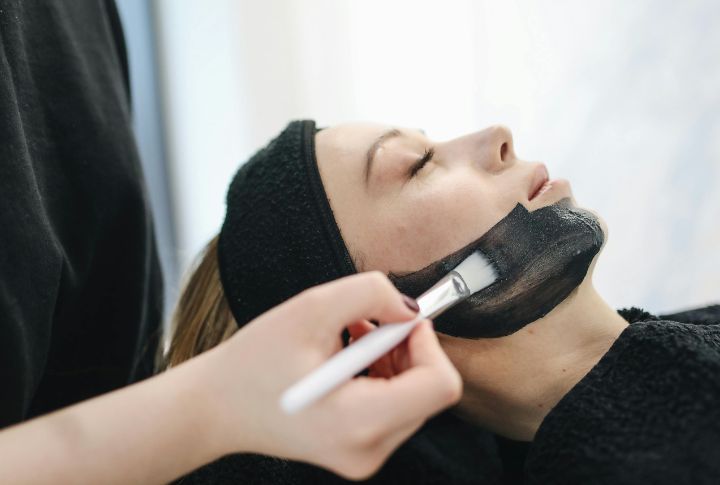
Skin treatments like chemical peels, laser sessions, or microneedling should be scheduled well apart from waxing. These procedures can leave skin temporarily fragile, increasing the risk of irritation or damage if combined too closely. Make sure your skin has healed completely before scheduling your next wax.
Don’t Wax Immediately Before Important Events
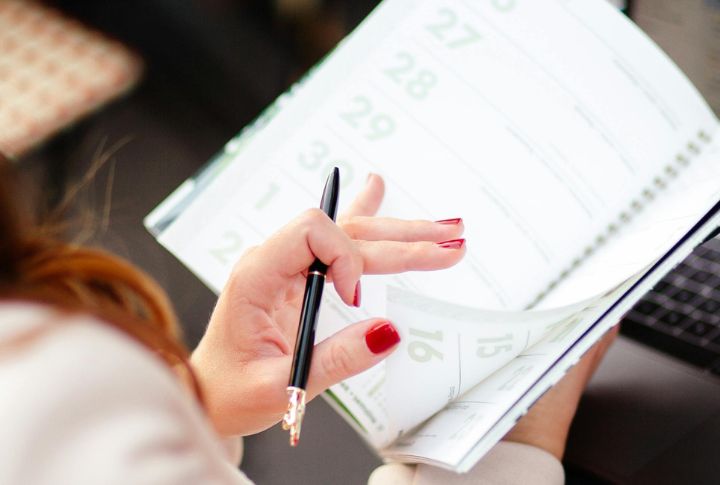
Most professionals recommend scheduling your wax two or three days before an occasion. Plan your waxing ahead of major events to avoid redness or bumps showing up in photos. This gives your skin time to settle and ensures makeup applies smoothly.
Waxing During Menstruation
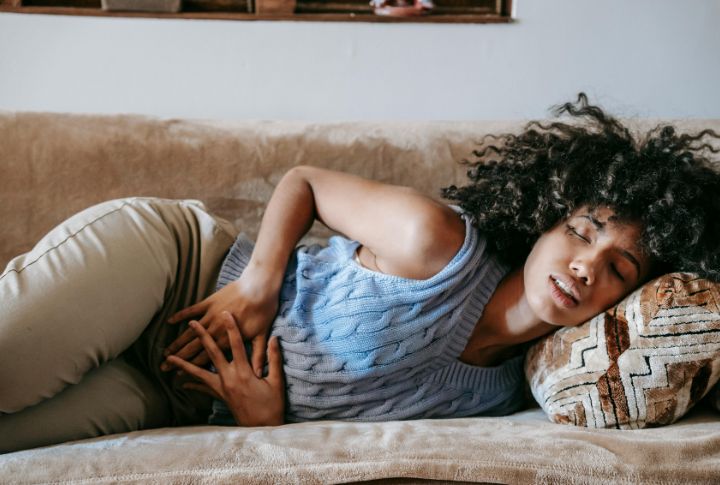
Although waxing during periods isn’t prohibited, and most salon professionals don’t mind it, it’s recommended to go after your cycle ends. Drops in hormonal levels just before and during periods increase sensitivity, which makes waxing more painful. The ovulation phase, in contrast, usually carries the least amount of discomfort.
Use Pre-Wax Painkillers
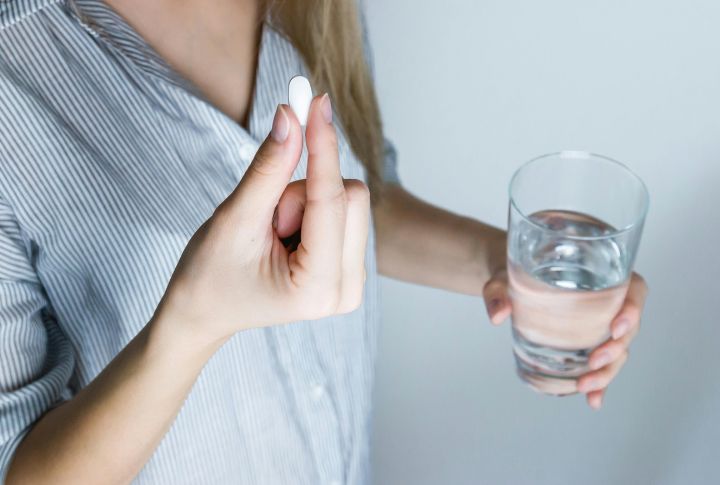
Ibuprofen, about 30–45 minutes before waxing, helps to dull pain and reduce swelling. Painkillers can also ease redness afterward, which gives you a smoother recovery. However, choosing aspirin is risky, as it thins blood and boosts your chance of bruising.
Skip Retinol And Acids
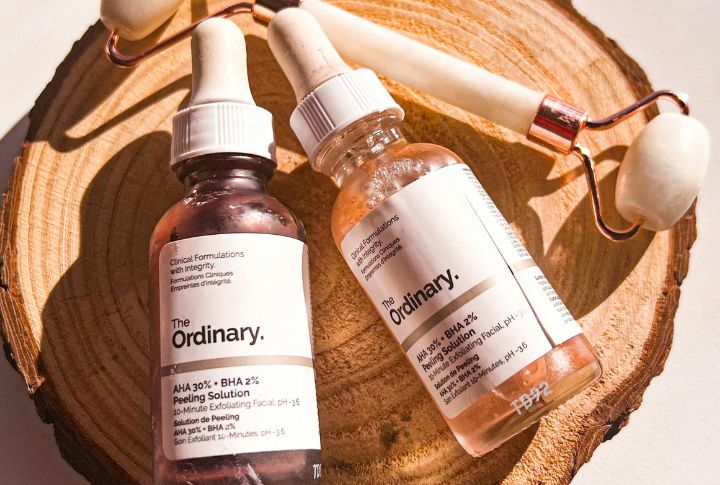
Active ingredients like retinoids and AHAs weaken the skin barrier. When used too close to a wax appointment, they make the skin prone to peeling or lifting. Ensuring that you don’t use these products too close to the waxing appointment reduces skin sensitivity.
It Hurts (But Briefly)
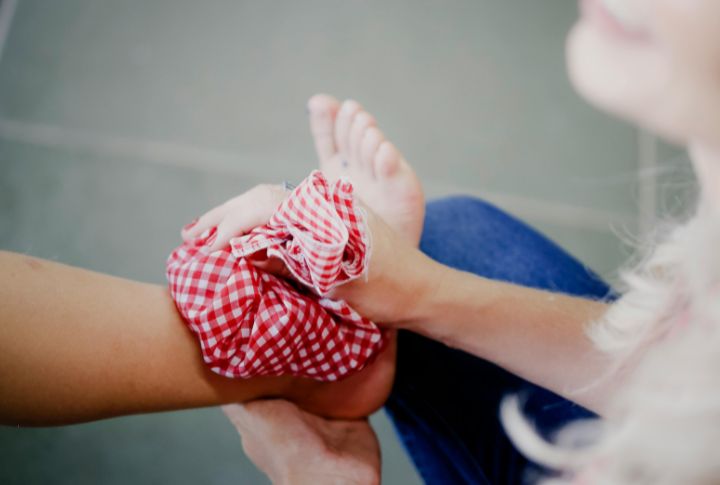
Most people worry about waxing pain, especially the first time. The truth is, discomfort peaks during your initial session and lessens with consistency. Over time, nerve endings adapt and become less reactive. Pro tip: Cool the area immediately after waxing with an ice pack. It will soothe your skin.
Stretching The Skin Helps The Strip Release
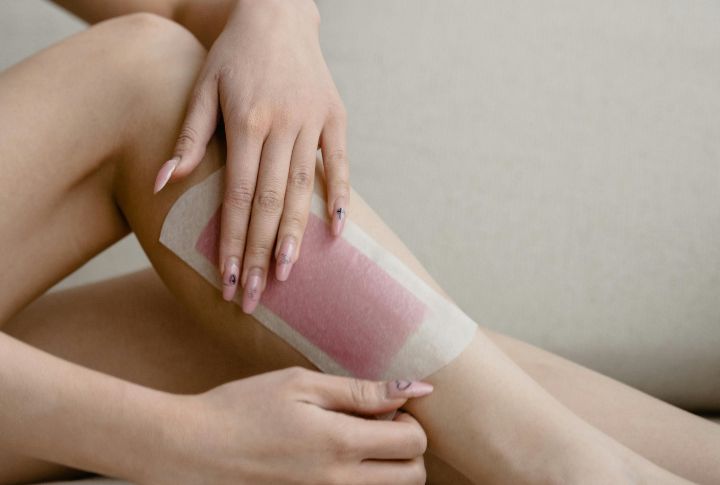
If you’re doing wax on your own, hold the skin taut when a strip is pulled. This reduces pain by helping the wax grip the hair evenly. It also cuts down on missed hairs and leftover residue. Use one hand to stretch the area firmly while the other removes the strip for cleaner, more effective results.
Hard Wax Vs. Soft Wax
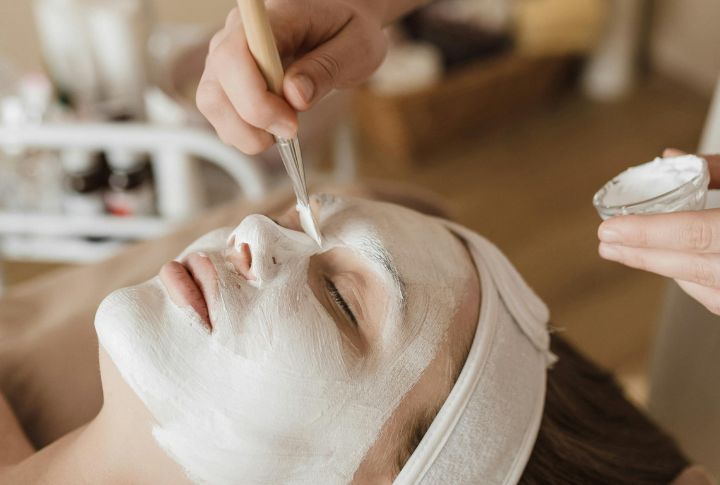
Your choice of wax depends on your target area and skin sensitivity. Hard wax wraps around each strand, making it ideal for delicate zones like the face or bikini line. In contrast, soft wax adheres to both skin and hair, which is better suited for large, less sensitive areas like legs or arms.
You May Break Out Afterwards
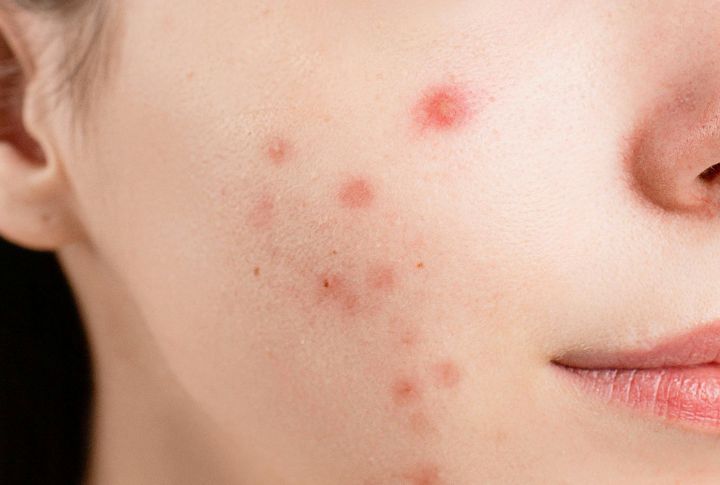
On areas like the face or chest, minor breakouts are common after waxing. Don’t be alarmed, these rashes are usually not allergic and tend to fade within 24 hours. By applying cold compresses or calming lotions, you can instantly ease discomfort. To prevent clogged pores, use products like witch hazel after your appointment.
Don’t Hit The Gym Right After

Post-wax skin is more susceptible, especially to the effects of sweat and friction. Going to the gym immediately after can lead to irritation or even folliculitis. Also, clothing such as tight leggings or gym bras may irritate the treated areas. That’s why you should hold off on workouts until 24 hours have passed.
Waxing Reduces Hair Over Time
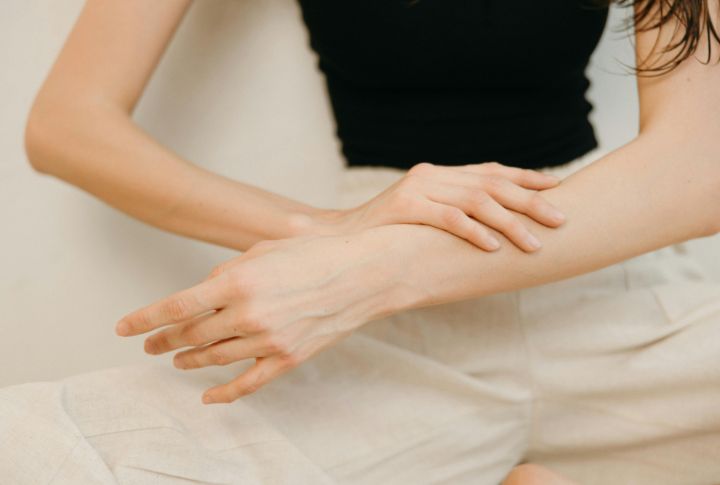
Repeated waxing causes follicles to weaken, which leads to slower and finer hair growth. Over time, you may notice that your hair becomes patchy and easier to remove. Regular waxers typically extend the time between appointments as regrowth diminishes. Surprisingly, many individuals eventually stop waxing altogether.
You Can Wax Almost Anywhere

Salons commonly offer waxing for the bikini line, face, stomach, toes, and even nostrils. However, it isn’t limited to those areas. Full-body waxing, including earwaxing, is becoming increasingly popular among clients who desire a completely smooth finish.
Fragrance-Free Products Are Best Post-Wax

Post-wax, it’s best to choose fragrance-free products. Scented lotions may clog open pores and trigger irritation on exposed skin. While store-bought options are convenient, many people find aloe gel taken directly from the plant to be more soothing and effective. Test what works best for your skin type.
Don’t Expect Perfection The First Time
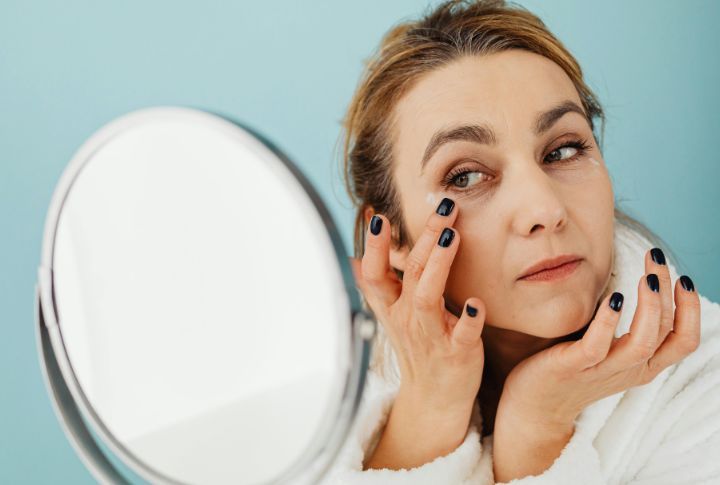
Since hair grows in awkward cycles and directions, first-time waxing rarely yields flawless results. In fact, some strands may not even come out on the first go. It usually takes two to three appointments for waxing to become fully effective.
Your Skin Tone May Temporarily Change

Particularly in melanin-rich areas, skin may flush red or appear lighter or darker after waxing. This effect comes from increased blood flow or minor inflammation. Fortunately, these patches usually resolve within 48 hours with minimal intervention. Fun fact: cold metal, like spoons, works surprisingly well for calming the skin.
